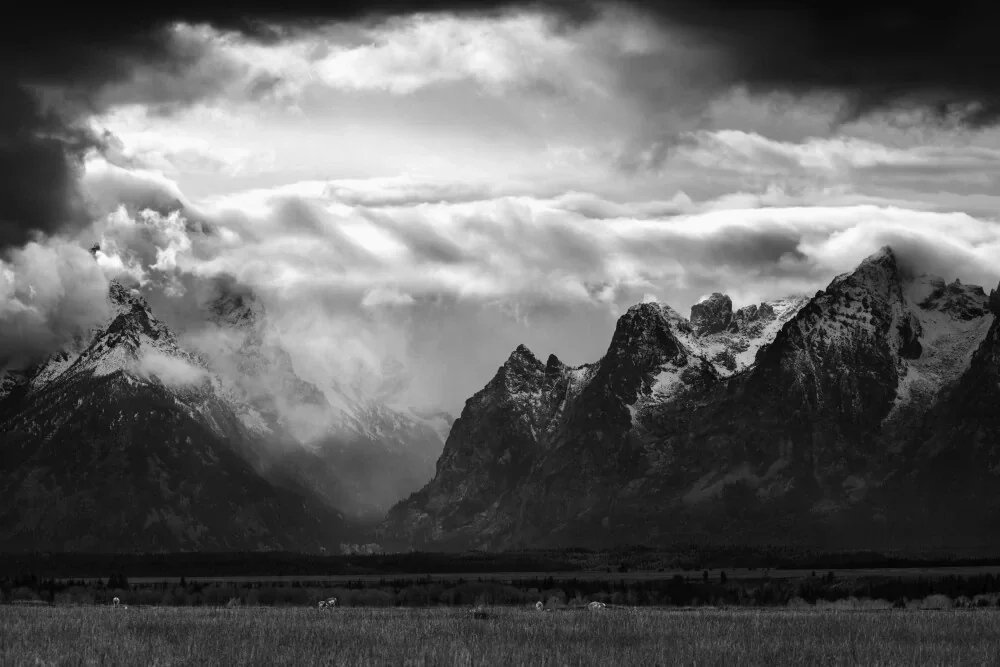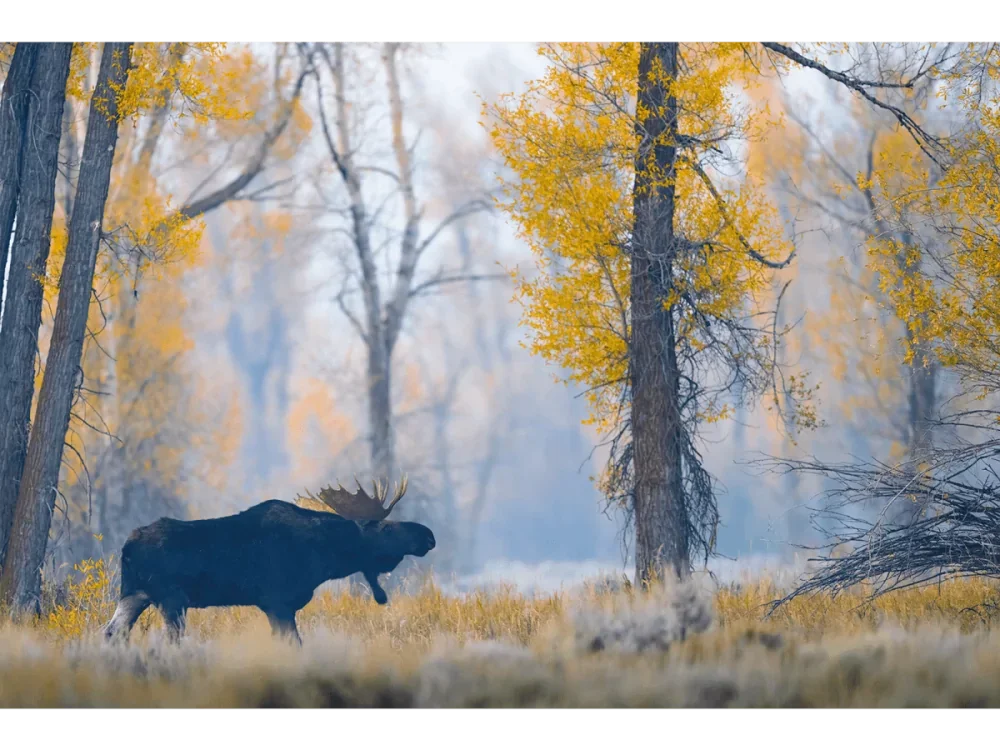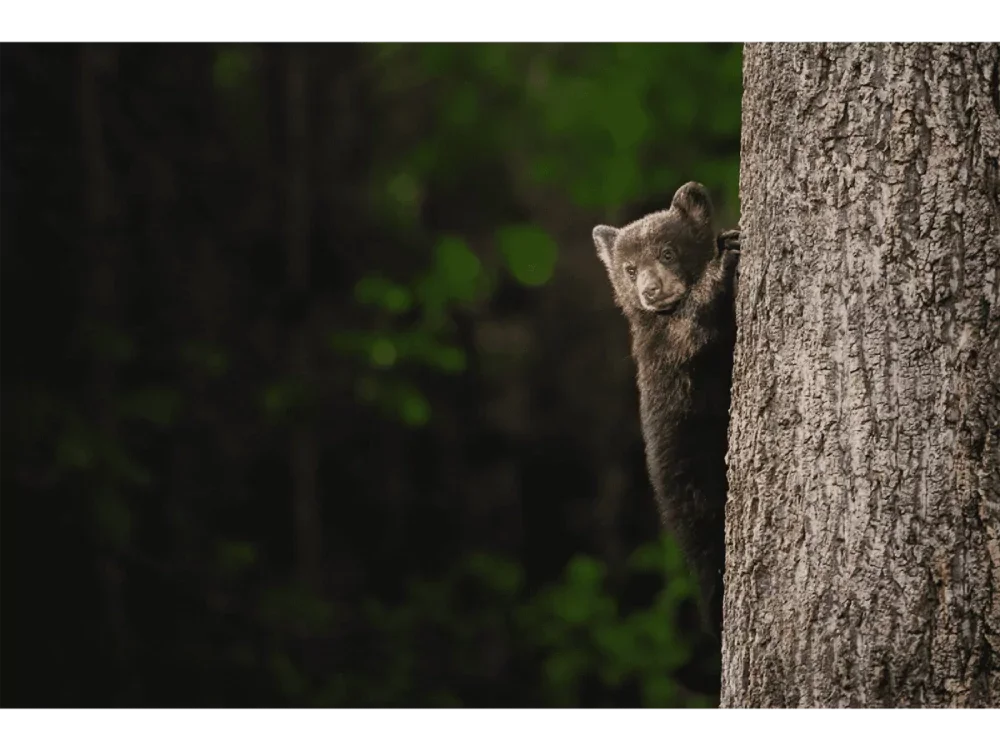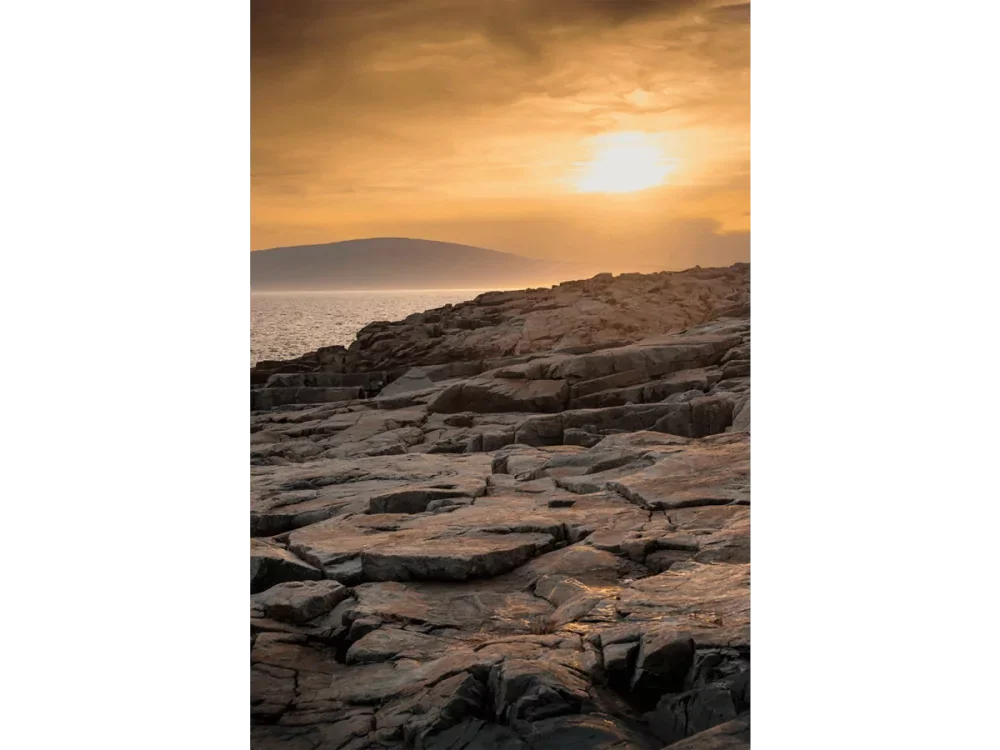Tundra Swans and Snow Geese of Pungo Lake
Snow Geese flying away from the lake at sunrise.
About Pungo Lake
Pungo Lake is part of the Pocosin Lakes National Wildlife Refuge in eastern North Carolina. Pocosin is an Algonquin word which translates to “swamp on a hill” and the refuge is made of vast acres of wetlands and pine forests. In the winter, several hundred thousand waterfowl (ducks, geese and swans) migrate to and spend the winter taking shelter at this refuge. Pungo Lake, is part of this refuge and is a large open body of water where these fowl typically spend their nights safe from predators. In the mornings vast flocks of these birds leave the safety of the lake to forage food from the surround fields.
Getting There
We spent a week in December looking for swans in eastern NC, staying in the town of Manteo provided a good central location for all of the wildlife areas. However, Manteo was about 85 miles from the Pungo Lake refuge, which meant early 4:00am wake up calls to be able to get there for sunrise. A word of warning, don’t trust google maps to get you here. Many of the refuge roads were closed in December as they have permitted hunts taking place in certain parts of the refuge. Our GPS the first morning had us going our Route 64 and then taking back roads to the lake. This was a challenge since many of those back roads were blocked and we wasted an hour in the dark trying to find an alternative route.
The best way to get here is by taking Route 264 through the town of Swan Quarter and eventually picking up Route 45. This will take you right to Pat’s Road and get you onto the geese and swans. (This is the longer route and your GPS will not want you to go this way, but ignore it and it will eventually adjust).
Tundra Swans
The main draw of the lake for me was the Tundra Swans. They are huge pure white swans standing over 4 feet tall and have a black beak, sometimes with a small yellow spot at its base near the eyes. The swans spend their summers in the arctic where they breed and then migrate to warmer (comparatively warmer) areas in the winter. Eastern NC is a hotspot for them in the winter with access to shallow water and good food sources due to the abundant farm fields in the area. You’ll find them spending their winters in the eastern Great Lakes and all along the eastern and western coasts of the US.
Tundra Swans in Flight
You’ll often see the swans fly off the lake in small groups of 2-20 and will typically be flying in a V formation or a line.
My favorite experience of the morning was having a quiet moment from the observation deck on the southeastern edge of the lake, which is part of the Charles Kuralt trail (link below), where I was able to record a few moments of the swans on the lake.
Swans on Pungo Lake early in the morning.
Snow Geese
While I was most excited about seeing the Tundra Swans, I completely underestimated the amazing sight of snow geese swarms leaving the lake at sunrise. The first morning we were at Pungo the skies were filled with tens of thousands of them coming off not just Pungo but from surrounding areas as well. It’s a sight that photo’s just don’t do justice and a memory I will cherish.
Snow geese flying high over head at sunrise.
Snow geese are a medium sized goose, slightly smaller than the Canada Goose. They are white with black wingtips that you really only see when flying (on the ground they look pure white). Snow Geese spend their summers in the arctic tundra at their breeding grounds. Much like the Tundra Swans, they migrate south for the winter, however they cover a larger range in the winter often making their way as far south as Mexico. Snow geese numbers have skyrocketed in the past 40 years and they are now one of the most abundant waterfowl in North America.
Conclusion and Resources
For those of us who are birders or wildlife photographers, a winter trip to Pungo Lake within the Pocosin Lakes National Wildlife Refuge is an experience you won’t forget. Below are some resources to help you learn more about this reserver and the amazing birds that winter within its borders.
Links
Learn more about Pocosin Lakes NWR - Pocosin Lakes NWR
Cornell Labs Tundra Swan Page - Tundra Swans
Audubon Field Guide on Tundra Swans - Audubon field guide
Charles Kuralt Trail History - NPS - Charles Kuralt Trail
Cornell Labs Snow Geese Page - Snow Geese
Latest Releases










